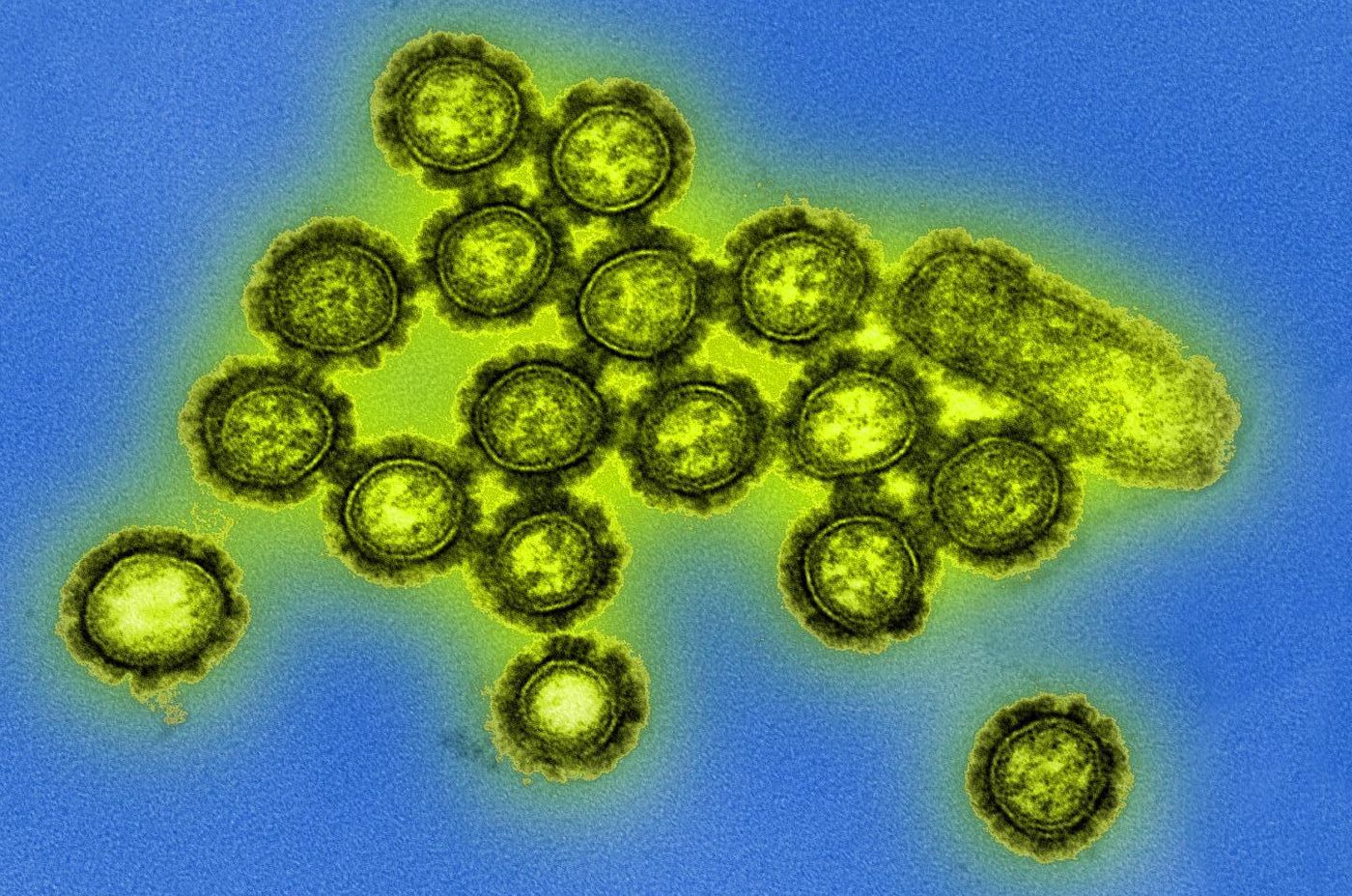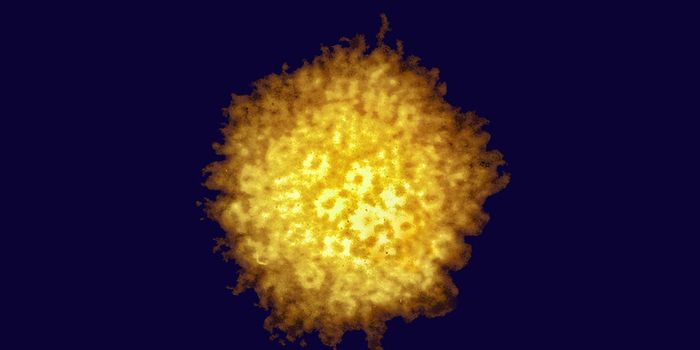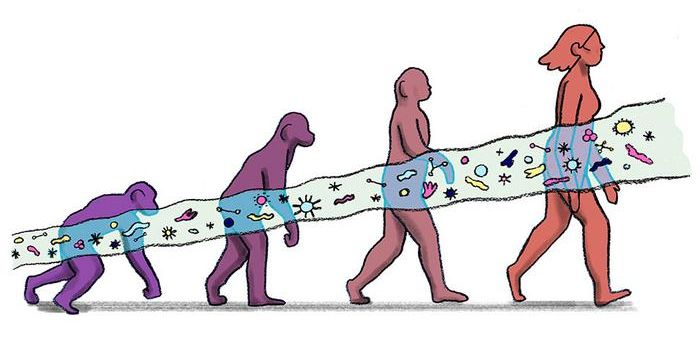New Drug Can Promote Resistance in the Flu Virus
Early this year in Japan, an 11-year-old child got a fever and went to a clinic, where he was diagnosed with the H3N2 strain of influenza. He was given a medication called baloxavir (Xofluza), which relieved his symptoms for a few days. However, about five days later his fever came back even though he took the medication. His sister was diagnosed with the same infection a couple of days later. Scientists found that the virus she had also carried a new mutation, which gave the virus resistance to the medication. Reporting in Nature Microbiology, researchers found that this strain can make people just as sick and can be passed from one individual to another.
"We sequenced the entire viral genome of the 11-year-old boy with drug-sensitive influenza virus (before treatment) and the sample from the girl that is drug-resistant," explained the senior study author Yoshihiro Kawaoka, a University of Wisconsin-Madison professor of pathobiological sciences. "Out of 13,133 nucleotides, there was only one nucleotide difference between the two."
The viral sample obtained from the child before he got treatment and the one collected from the sister a few days later differed by only one base pair.
"It tells you the virus acquired resistance during treatment and transmitted from brother to sister," Kawaoka added.
Baloxavir is a type of new antiviral drug that is meant to disrupt a virus's ability to replicate in its host. First used in Japan and the United States in 2018, it is soon to be licensed in twenty other countries, noted Kawaoka.
Clinical trials showed when that people sickened by the H3N2 or H1N1 flu viruses took baloxivir, the virus acquired a mutation in the region of the genome that the drug targets. Other research indicated that none of the 17,000 samples of H3N2 virus carried this mutation before December 2018.
"The new drug is safe, it went through phase three and was approved safety-wise, but even during clinical trials, the emergence of drug resistance was identified," noted Kawaoka.
In a study of pediatric patients that took baloxivir, this mutation showed up in almost one in four children out of 77 who were part of the research. "Baloxavir-resistant viruses emerge with a relatively high rate in kids," said Kawaoka.
Kawaoka's research team wanted to know more about how baloxivir was impacting the H1N1 and H3N2 viruses and began to take samples from patients before and after they took the drug.
They assessed 74 samples from people with H1N1 before treatment and 22 samples from patients before and after they got the drug, fifteen from kids and seven from adults. No mutations appeared before treatment, but in one adult and four children, about 23 percent of the participants, the mutation was identified after drug treatment.
There were 141 samples collected from 40 adults and 101 children with H3N2, and in two of those kids, the mutation was there before they took the drug. Sixteen samples were obtained before and after baloxivir treatment, four from adults and twelve from kids, and none of the adult samples showed the mutation after treatment, but four viral samples from the children carried the mutation.
The scientists went on to use a hamster model to confirm that once the virus acquires the mutation, it is passed on to new virus particles. In a ferret model, the mutated virus could also be passed from an infected animal to a healthy one, and the severity of the illness between the mutated and non-mutated strains was similar.
Kawaoka suggested that this mutation was unlikely to cause widespread resistance to the drug, but could pose a problem when people are in close proximity, such as in hospitals or the home. It is still a useful drug for relieving flu symptoms quickly. "It's a good drug for adults," Kawaoka added. Those who harbor viruses that obtain the mutation will also still respond to other drugs that fight viruses.
"The drug-resistant virus does transmit but there are so many influenza viruses worldwide and only a small population will be treated with this drug," Kawaoka said. "The vast majority remain drug-sensitive."
The video below explains how baloxivir works, and the clinical trials that tested it.
Sources: AAAS/Eurekalert! via University of Wisconsin-Madison, Nature Microbiology









